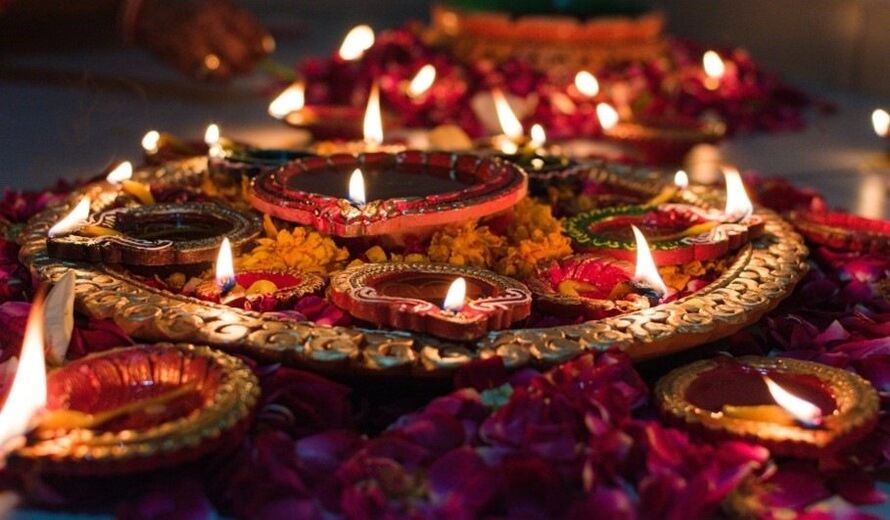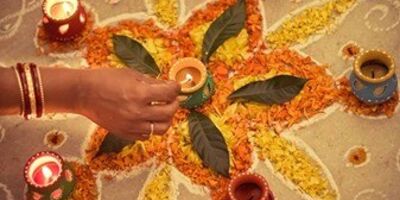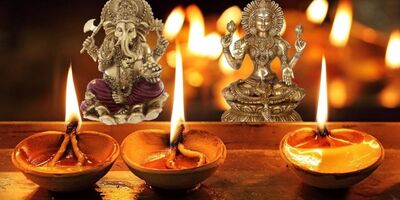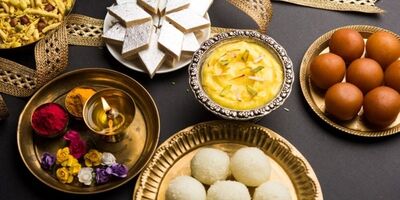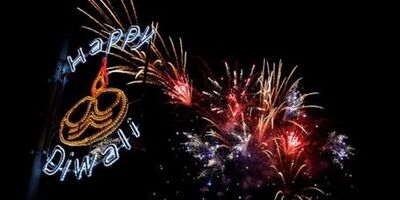I'm Priya Rauli – HR Advisor. I have been working at Coin Street for just over three years now. The baby of a big multi-generational Punjabi family, growing up with my parents, siblings, grandparents, many cousins, aunts, uncles, nieces, and nephews; my life has been filled with all the most wonderful, vibrant, and rich traditions of Punjabi culture – Diwali in particular has always been significant for me and my family, for this reason I sought to share the true meaning and beauty of the Festival of Lights with you all.
What's on
From family support, fitness classes and learning to art exhibitions, festivals and talks, our activities are wide and far reaching.

